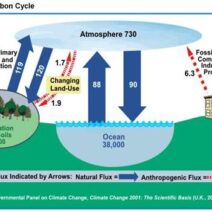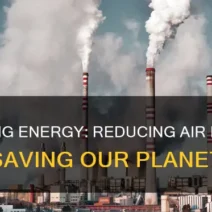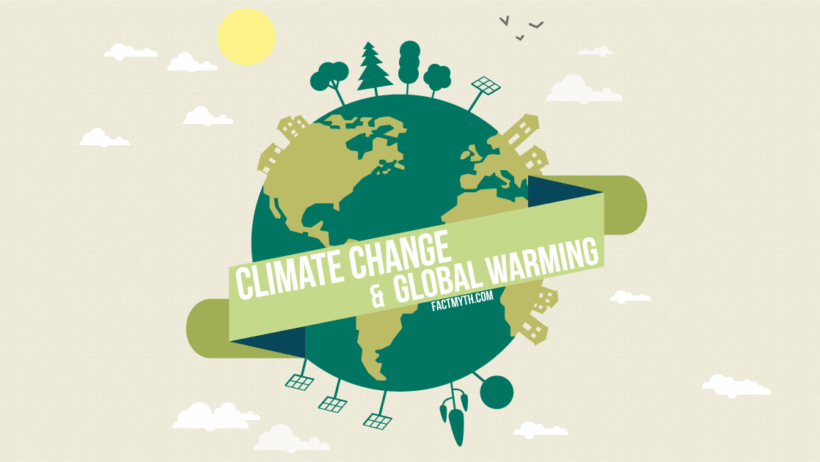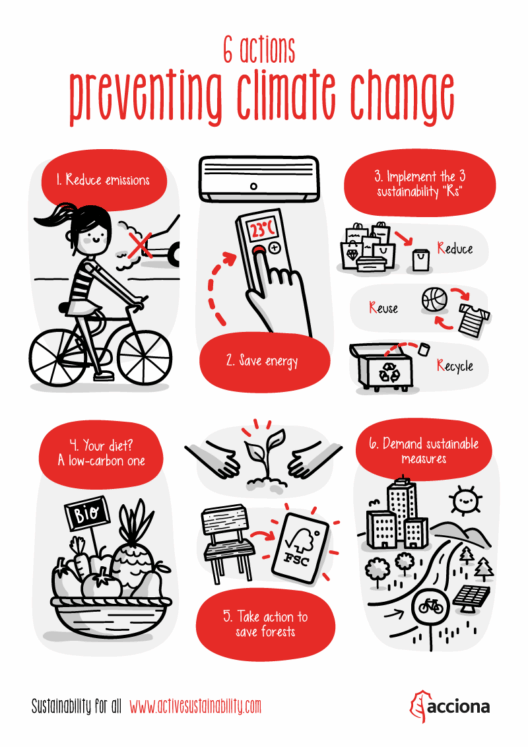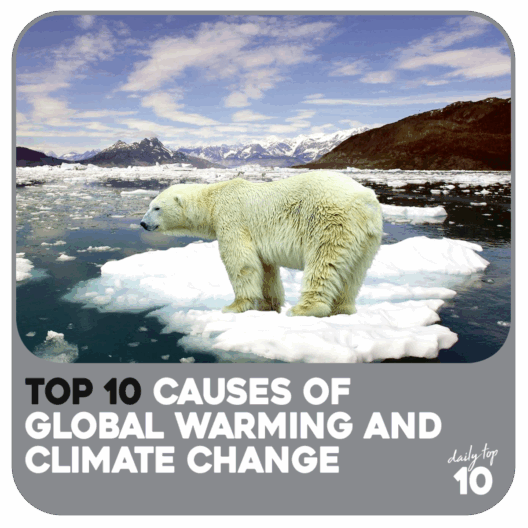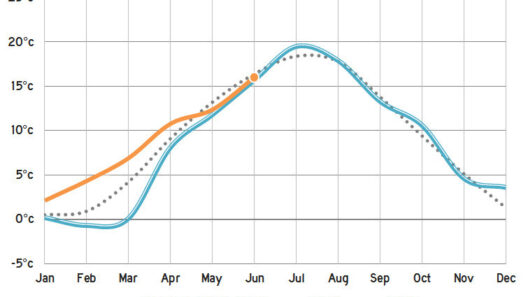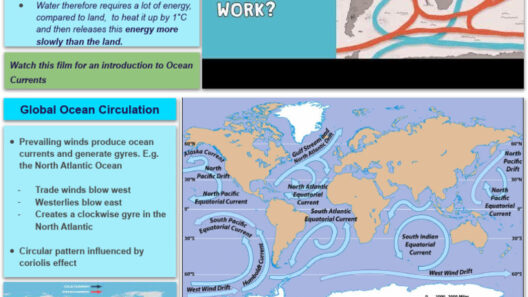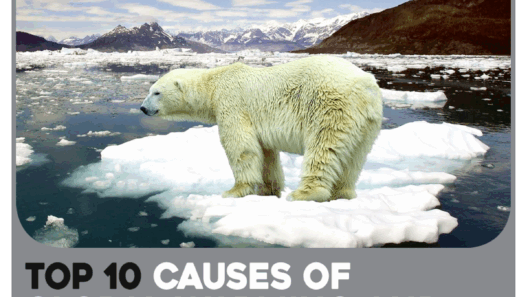Why is there so much confusion surrounding climate change and global warming? Is it merely a semantic quibble, or is there substantial meaning buried in the terminologies? This exploration poses a playful yet serious inquiry into whether or not climate change and global warming are interchangeable terms. Let’s unravel the intricacies of these two critical concepts.
To embark on this journey, it’s essential to delineate the core definitions and characteristics of both climate change and global warming. As we navigate this complex landscape, we’ll also explore the consequences of conflating the two. This is not just an academic debate; it infiltrates policy-making, public perception, and ultimately, the collective action necessary to address our environmental crises.
Are you ready to sift through the layers of meaning and find out how these terms diverge? Let’s dive in.
The Heart of the Matter: Understanding Climate Change
Climate change refers to significant alterations in temperature, precipitation patterns, and other atmospheric conditions that persist for an extended period. The timeframe for these changes typically spans decades to millions of years. Such changes can be natural, driven by Earth’s geological evolution and solar variability. However, since the dawn of the Industrial Revolution, anthropogenic—human-induced—activities have overwhelmingly driven rapid and unprecedented transformations in Earth’s climate system.
One might ask, what are the primary culprits? The answer largely pivots around the increase of greenhouse gases (GHGs) in our atmosphere. Carbon dioxide (CO2) and methane (CH4) are two of the most notorious offenders. Their surges are tied to deforestation, industrial processes, and the burning of fossil fuels, which collectively trap heat and induce changes that ripple through ecosystems, economies, and social structures.
Delving deeper into the impacts of climate change reveals a tapestry of consequences: rising sea levels, increasing frequency and intensity of severe weather events, acidification of oceans, and disruption of agricultural patterns, among others. These effects are not distributed evenly across the globe, raising questions of equity and justice that must be addressed as we navigate our problematic trajectory.
Global Warming: A Subset of Climate Change
Global warming, on the other hand, specifically denotes the increase in Earth’s average surface temperature due to heightened levels of greenhouse gases in the atmosphere. The term often refers to the dramatic rise in temperature that has occurred since the late 19th century, which correlates closely with industrialization.
In contemplating global warming, a critical facet emerges: this phenomenon is a significant driver of climate change, but it constitutes only one aspect of a much broader concept. Think of global warming as the fire that ignites the full-scale climate crisis, amplifying issues such as erratic weather patterns, prolonged droughts, and melting polar ice sheets. Scientists emphasize that global warming does not occur in isolation; rather, it acts in concert with other environmental factors that together summon a broader climate change narrative.
This nuanced understanding gives rise to an essential question: If global warming is merely one dimension of climate change, why does it dominate the discourse? The answer lies in the human propensity to simplify complex issues into digestible soundbites. Nevertheless, simplifying the situation ignores the intricate and interconnected reality of our climate system, which can pose dire implications for policy and public action.
Operational Implications: Why Terminology Matters
Now that we’ve delineated the differences, it becomes imperative to discuss why distinguishing between these terms is not just a theoretical exercise but a matter of operational significance. The language we use shapes how we perceive challenges, engage in discourse, and galvanize action.
For instance, focusing narrowly on global warming might obfuscate the multifaceted nature of climate impacts. A reductionist perspective could lead to strategies that tackle only temperature changes, potentially overlooking critical zones such as biodiversity loss or water scarcity resulting from shifting climate patterns. Policy responses grounded solely in global warming may inadvertently neglect comprehensive climate solutions, such as sustainable agriculture, urban planning, and conservation efforts.
Moreover, differentiating these concepts can enhance public understanding and engagement. When communities grasp the breadth of climate change, they are more likely to appreciate the urgency and necessity of adaptive measures. By widening the conversation, stakeholders—including governments, businesses, and citizens—can collaborate on holistic solutions that reflect the complexity of the climate crisis.
Peering Into the Future: Moving Beyond Terminology
Ultimately, we stand at a pivotal juncture in our environmental trajectory. Understanding the distinction between climate change and global warming is not just an academic distinction; it is a clarion call for collective awareness and action. As we ponder the future of our planet, consider this: If we combine our efforts, armed with an understanding of both phenomena, can we catalyze change that truly resonates across generations?
In conclusion, while climate change and global warming are interrelated, they are not synonymous. Recognizing their differences enriches our understanding and engagement, laying groundwork for the critical actions needed to combat the pressing environmental dilemmas we face today and in the future.
